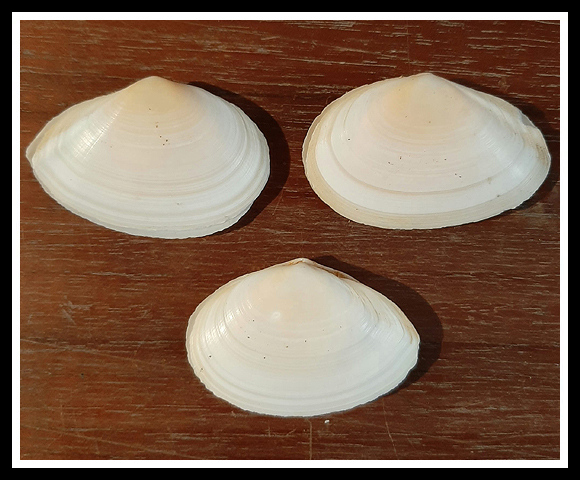
« Tellina. Shell ovate-constricted, transversally substriate, with sharp margins, covered by a slight epidermis. » – Linné: Systema naturae vol. I, page 675 in the 10th edition. « Shell very flat, pellucid, flesh-coloured, barely inflected, with an extremely sharpened edge. »
Washed ashore specimens collected at Laurent Beach, Louran District, Alexandria, N. Egypt. Original pictures provided by N. Sobhy (EG) – (CC BY-NC-SA).
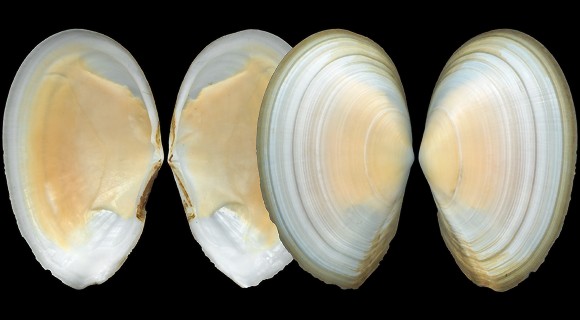
Calambrone beach, Livorno, Toscana, W. Italy. 61mm.
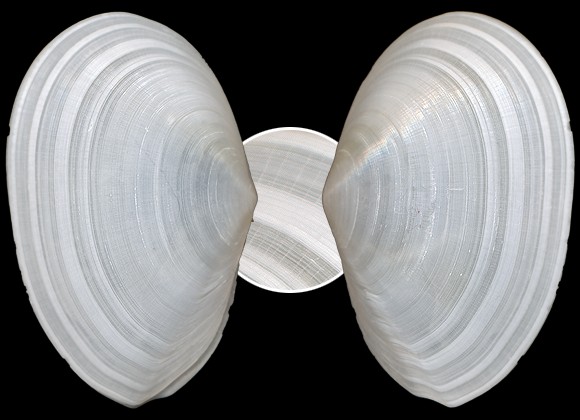
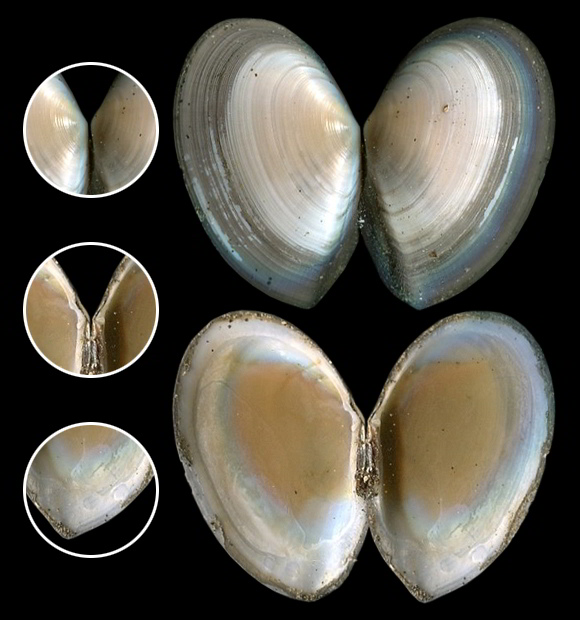
The genus Peronaea, whose animal was defined by Poli in his Testacea Utriusque Siciliae…, has a shell « oblong, thin, anterior side short, posterior elongated, sub-angular, with a slightly elevated marginal plicature; ligament in a long deep groove; lateral teeth obsolete, cardinal elongated, but not very prominent. » – Blanford & Stoliczka: Cretaceous fauna of southern India vol. III, Calcutta 1871, p. 119. The P. planata is then only a very flat species of Peronaea that lives in West Africa, Mediterranean and Cantabrian seas.
Le Grau du Roi, Gard, Occitania, S. France. 63mm.
Original pictures provided by R. Huet (FR).
– (CC BY-NC-SA) –
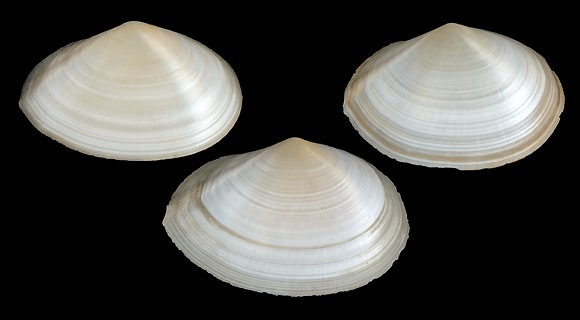
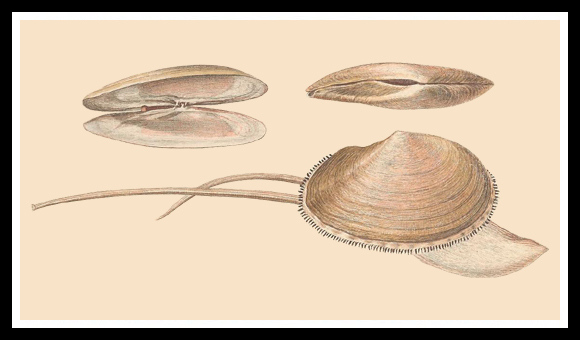
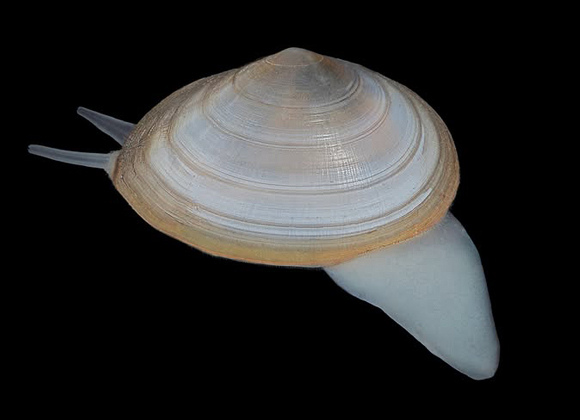
– (CC BY-NC-SA) –
3m deep, Sevid, Split area, SW. Croatia. 65mm.